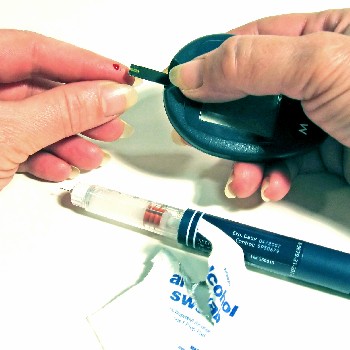 “Diabetes” can be a scary word, and the thought of coping with it and pregnancy can seem overwhelming. However, gestational diabetes is less intimidating than it sounds — and it can be managed.
“Diabetes” can be a scary word, and the thought of coping with it and pregnancy can seem overwhelming. However, gestational diabetes is less intimidating than it sounds — and it can be managed.
Two to 10% of pregnancies are affected by gestational diabetes, according to the Center for Disease Control. It happens when pregnancy hormones keep insulin from functioning, driving up the woman’s blood sugar level. Though the symptoms are usually mild to non-existent for the mother, high blood sugar in her means high blood sugar in the baby. This can lead it to grow so large that it leads to complications in labor, and possibly the need for a C-section.
Gestational diabetes does not mean the mother will be permanently diabetic — though that does happen to some within a few years after birth — or that the baby will be. It may cause the baby to be born with low blood sugar. Both mother and baby will be tested for blood sugar after birth in case this needs to be dealt with.
All pregnant women are usually given an oral glucose tolerance test at 24 to 28 weeks. This involves eight hours of fasting (no fun for anyone, but much less for a pregnant woman), a blood sample, a drink full of glucose, a wait of a couple of hours, and more blood samples. You’ll need to eat normally for a few days before, which is harder than it sounds. I gave in to the craving for a Black Forest Crumble before going in for my glucose test and ended up needing a do-over.
If you do have gestational diabetes, your doctor will have special instructions for you. These will be mostly common sense — eat healthy foods, stay as active as you can, limit sweets. (Recent research suggests a low-carb, high-fat diet may do some good.) But you’ll also have to monitor your blood sugar with a home blood test. Your doctor will also be careful to monitor your baby.
Though gestational diabetes is a concern, it’s nothing that can’t be handled.










